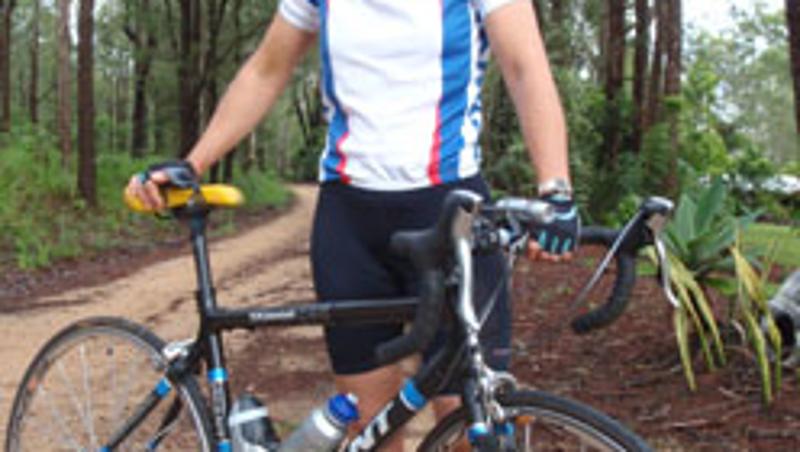
Riders from rural and regional Queensland are being asked to share their experiences of riding on rural roads as part of a Queensland University of Technology study looking at bicycle use and injury risks faced by different cycling groups.
The online study launched by QUT's Centre for Accident Research and Road Safety - Queensland (CARRS-Q) focuses on rural and regional cyclists, as well as cyclists in urban areas .
QUT researcher Dr Gayle Sticher, who lives on the Atherton Tablelands, said there was a "very big cycling population" outside of southeast Queensland and while the risks of riding in rural areas were different from city cyclists, they were just as important.
"We might have a smaller population of commuter riders but we do have a lot of people who cycle for fitness and sport," Dr Sticher said.
"Riding on rural roads comes with inherent risks. You may be sharing with vehicles going 100km/h, or riding where road conditions are very poor."
Dr Sticher said cyclist numbers had increased dramatically in the past few years everywhere in Queensland.
"There is a big push to promote cycling because it is generally considered that the health and economic outcomes of cycling will be positive," Dr Sticher said. "But the majority of knowledge about cycling use and injury patterns pre-dates the boom in participation. And that knowledge is primarily about city riders, rather than country cyclists.
"In reality, we don't really know who is cycling in country areas, or for what reasons, or what risk factors are associated with various types of cycling."
She said not all cyclists were the same.
"We want to hear from all types of cyclists in rural and regional Queensland - sports cyclists, BMX riders, children, commuters, track riders, mountain bike riders, recumbents and fitness riders," she said.
"If we know who is riding, and more about their safety risks and injury patterns, we can more accurately target resources and strategies to make cycling safer and more available to all."
Dr Sticher said in 2006 police reported on-road bicycle fatalities and serious injuries had cost Queensland $34.5 million, but hospital records for the same time revealed two to three times as many cycling injuries.
"If we can obtain accurate information about bicycle use patterns including demographic data, riding patterns, crash experiences, riding experiences, use of protective gear and perceived cycling risk factors, we can then look at developing safety initiatives that protect riders," she said.
The survey is available at www.carrsq.qut.edu.au/cyclingsurvey.jsp or by phoning Amy on 07 3138 4944. All riders can go into a monthly draw to win cycling jerseys and safety equipment. The QUT study has been funded by a Queensland Health Trauma Research grant.
Media contact: Sandra Hutchinson, QUT media officer, 07 3138 2999 or s3.hutchinson@qut.edu.au
**A high-res photo of Dr Sticher is available for media use




